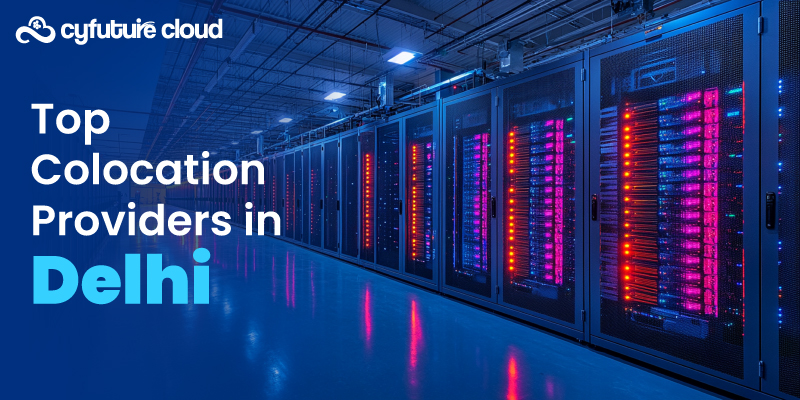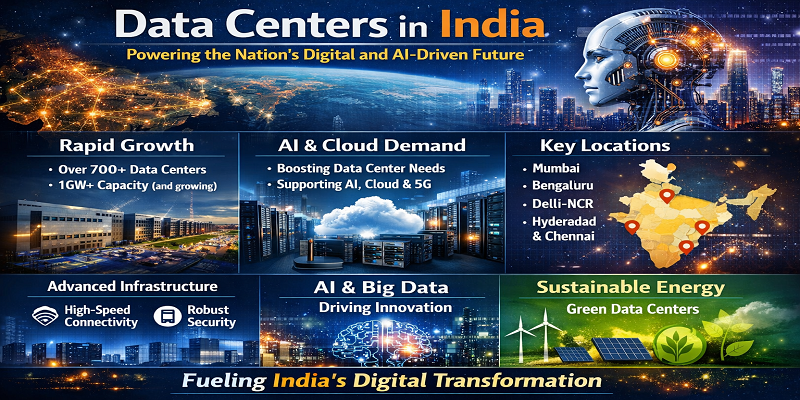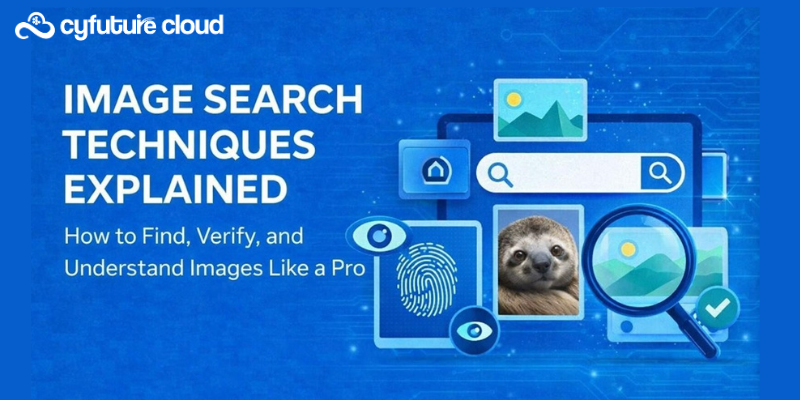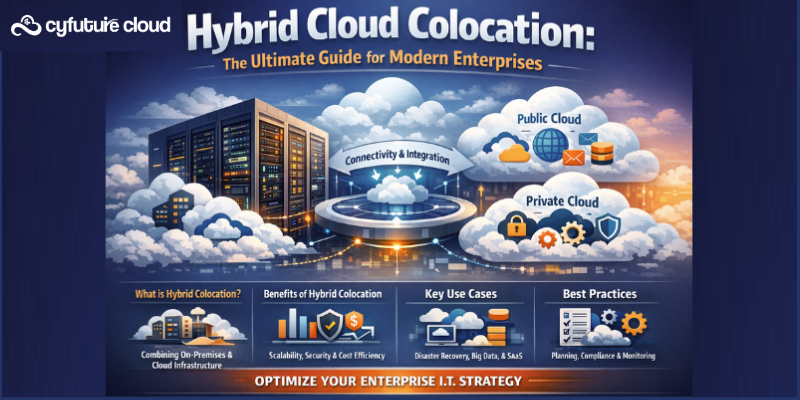Table of Contents
What is Smart Dust? Smart Dust refers to a system of tiny sensor devices, also known as Micro-Electrical Systems (MEMS), that can monitor various environmental factors such as temperature, pressure, and movement. These devices are typically small, measuring less than a millimeter in diameter, and can be equipped with wireless communication capabilities, allowing them to transmit data to a central hub.
Smart Dust plays an important role in the Internet of Things (IoT) by providing a means for collecting and transmitting data from a wide range of sources. This data can be used to monitor and control various systems and processes, such as industrial equipment or environmental conditions. Smart Dust can also be used to create “smart” environments, where the devices can be used to sense and respond to changes in their surroundings.
Cloud computing is a model of delivering computing resources and services over the Internet, on-demand, and with flexible scalability. It enables users to access and use computing resources such as servers, storage, databases, networking, software, analytics, and intelligence via the Internet.
This blog aims to deliver everything about smart dust, and smart dust applications.
Let’s get started!
What is Smart Dust?
Smart Dust is a term used to describe tiny wireless sensor devices, also known as motes, that can be used to gather data from the environment. These devices are typically the size of a grain of rice and can be equipped with sensors to measure various physical parameters such as temperature, humidity, light, and motion. Smart Dust is designed to be low-cost, low-power and highly scalable, making it suitable for a wide range of applications. Some of the potential applications include monitoring of crops, healthcare monitoring of patients, and real-time tracking of manufacturing equipment. The data collected by the devices is usually transmitted wirelessly to a central location for analysis, and cloud computing is often used to provide the necessary infrastructure for this purpose.
Various Smart Dust Applications:
| Application | Description |
|---|---|
| Environmental Monitoring | Tracking air quality, pollution levels, temperature, and humidity for ecological studies and urban planning. |
| Healthcare | Monitoring patient health parameters, drug delivery systems, and implantable devices for improved diagnostics and care. |
| Agriculture | Precision farming techniques, monitoring soil conditions, crop health, and irrigation needs for optimized agricultural output. |
| Industrial Maintenance | Real-time monitoring of machinery, predictive maintenance, and optimizing industrial processes for increased efficiency. |
| Surveillance | Tracking and monitoring in security and military applications for reconnaissance, situational awareness, and border control. |
| Structural Health | Monitoring infrastructure (bridges, buildings) for potential weaknesses, cracks, or structural issues to ensure safety. |
| Wildlife Tracking | Studying animal behavior, migration patterns, and conservation efforts by deploying smart dust in wildlife habitats. |
| Disaster Management | Providing early warnings, assessing natural disasters, and aiding rescue operations in emergencies. |
Significance of Cloud Computing in Smart Dust
Cloud computing plays a significant role in the development and deployment of smart dust systems. The small size and limited resources of smart dust devices means that they have limited computing power and storage capacity, making it difficult to process and analyze the data they collect. Cloud computing provides the necessary infrastructure and resources to collect, store, and process the large amounts of data generated by smart dust systems. Additionally, cloud computing can be used to provide remote access to the data and control of the smart dust devices, allowing for real-time monitoring and control of the system.
Cloud computing also enables scalability and flexibility, allowing organizations to quickly add or remove resources as needed. This is important for smart dust systems as it allows for the system to adapt to changing requirements and increases the ability to handle a large number of devices. Cloud computing also enables remote monitoring and management of the devices, which is beneficial for distributed systems such as smart dust systems.
Furthermore, the use of cloud computing in smart dust systems enables the sharing and collaboration of data among different stakeholders and the possibility of creating new value-added services on top of raw data. This can be beneficial for a wide range of applications, including agriculture, healthcare, manufacturing, and transportation.
Advantages of Cloud Computing in Smart Dust
Cloud computing can provide a number of benefits when used in conjunction with Smart Dust, including offloading processing and storage, scalability and flexibility, cost-effectiveness, and real-time data analysis.
– Offloading Processing and Storage: Smart Dust devices are typically limited in terms of their processing and storage capabilities due to their small size. By using cloud computing, it is possible to offload some of this processing and storage to remote servers, thus allowing for more sophisticated analysis and control of the data. This can be especially useful for applications that generate large amounts of data.
– Scalability and Flexibility: Cloud computing provides the ability to scale resources up or down as needed, depending on the requirements of the application. This can be especially useful for Smart Dust applications where the number of devices may fluctuate over time. Additionally, the flexibility of cloud computing allows for the easy integration of new devices and services as needed.
– Cost-effectiveness: Cloud computing can be more cost-effective than maintaining and updating on-premise infrastructure. This is because the costs of cloud resources are typically based on usage and can be adjusted as needed, which can be more cost-efficient for applications that have variable usage patterns.
– Real-time Data Analysis: Cloud computing can allow for the real-time analysis of Smart Dust data, which can be especially useful for applications that require quick decisions or actions to be taken based on the data. This can be achieved by using cloud-based analytics and machine learning tools, which can process and analyze large amounts of data in real-time.
Use Cases of Cloud Computing in Smart Dust
Cloud computing can be used in a variety of applications when combined with Smart Dust, including environmental monitoring, asset tracking, predictive maintenance, and smart city applications.
– Environmental Monitoring: Smart Dust devices can be used to monitor various environmental factors such as temperature, humidity, and air quality. The data collected can be transmitted to a cloud-based system for analysis and storage. This can be useful for monitoring and controlling the environment in industrial settings, such as factories or mines, or for monitoring and managing natural resources such as forests and water systems.
– Asset Tracking: Smart Dust devices can be used to track the location and condition of assets such as vehicles, equipment, and inventory. The data collected can be transmitted to a cloud-based system for analysis and storage, allowing for real-time monitoring and management of assets. This can be useful for logistics and supply chain management, as well as for monitoring and managing the performance of industrial equipment.
– Predictive Maintenance: Smart Dust devices can be used to monitor the condition of industrial equipment, such as machines and vehicles. The data collected can be transmitted to a cloud-based system for analysis, which can be used to predict when equipment is likely to fail, allowing for proactive maintenance and reducing the risk of equipment downtime.
– Smart City Applications: Smart Dust devices can be used to monitor and manage various aspects of a smart city, such as traffic, parking, and air quality. The data collected can be transmitted to a cloud-based system for analysis and storage, allowing for real-time monitoring and management of city resources and services. This can be useful for improving the efficiency and sustainability of city operations, as well as for improving the quality of life for citizens.
Challenges and Limitations
Despite the many benefits of using cloud computing with Smart Dust, there are also a number of challenges and limitations that must be addressed. Some of the key challenges include security and privacy, network connectivity, and power and energy management.
– Security and Privacy: Smart Dust devices can collect and transmit sensitive data, which can put that data at risk if it is not properly secured. Cloud-based systems must have robust security measures in place to protect the data from unauthorized access, and also to prevent data breaches. Additionally, the privacy of individuals and organizations whose data is being collected must be protected.
– Network Connectivity: Smart Dust devices rely on wireless communication to transmit data to a central hub. However, in some environments, such as remote or underground locations, wireless connectivity may be limited or non-existent. This can make it difficult to collect and transmit data from the Smart Dust devices, and can also limit the types of applications that can be implemented.
– Power and Energy Management: Smart Dust devices are small and often rely on batteries for power. This can be a limitation as batteries have limited lifetimes and need to be replaced or recharged frequently. Additionally, the energy consumption of Smart Dust devices must be carefully managed to ensure that the devices can operate for extended periods of time without needing to be replaced or recharged.
Final Words
Smart dust, also known as motes, are small, wireless sensor devices that can be used to gather data from the environment. These devices typically have limited computing power and storage capacity, making it difficult to process and analyze the data they collect. Cloud computing provides the necessary infrastructure and resources to collect, store, and process the large amounts of data generated by smart dust systems. In addition, cloud computing can be used to provide remote access to the data and control of the smart dust devices, allowing for real-time monitoring and control of the system.
The future of smart dust and cloud computing appears to be very promising, with potential applications in a wide range of fields, including agriculture, healthcare, manufacturing, and transportation. The smart dust application with cloud computing can enable new forms of monitoring and control, such as real-time monitoring of crops, healthcare monitoring of patients, and real-time tracking of manufacturing equipment. As the technology continues to advance and costs decrease, it is likely that smart dust systems will become more prevalent and accessible to a wider range of users.
Recent Post
Send this to a friend

 Server
Colocation
Server
Colocation CDN
Network
CDN
Network Linux
Cloud Hosting
Linux
Cloud Hosting Kubernetes
Kubernetes Pricing
Calculator
Pricing
Calculator
 Power
Power
 Utilities
Utilities VMware
Private Cloud
VMware
Private Cloud VMware
on AWS
VMware
on AWS VMware
on Azure
VMware
on Azure Service
Level Agreement
Service
Level Agreement 



















